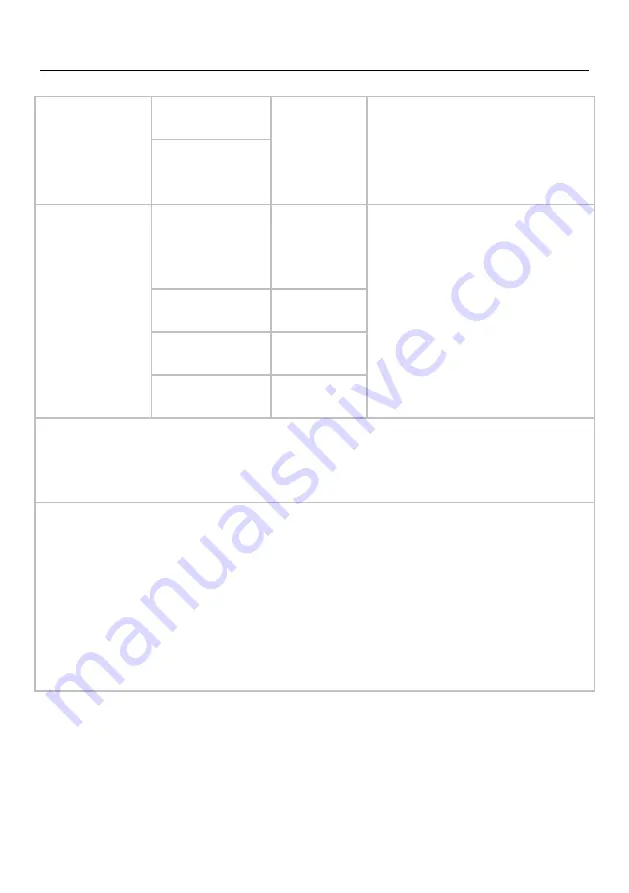
AKITA
®
JET
38
Surge
IEC 61000-4-5
± 1 kV
line to line
± 1 kV
differential
mode
± 2 kV common
mode
Mains power quality should be that of a
typical commercial or hospital
environment.
± 2 kV
line to ground
Voltage dips, short
interruptions and
voltage variations
on power supply
input lines
IEC 61000-4-11
0 % U
T
for 0,5 cycle
at 0°, 45°, 90°, 135°,
180°, 225°, 270° and
315°
0,5 cycle
Mains power quality should be that of a
typical commercial or hospital
environment. If the user of the AKITA JET
nebuliser requires continued operation
during power mains interruptions, it is
recommended that the AKITA JET
nebuliser be powered from an
uninterruptible power supply or a
battery.
0 % U
T
for 1 cycle
at 0° 70 % U
T
1 cycle
0 % U
T
for 25/30
cycles at 0°
25/30 cycles
0 % UT for 250/300
cycles
250/300 cycles
NOTE 1: At 80 MHz and 800 MHz, the higher frequency range applies.
NOTE 2: These guidelines may not apply in all situations. Electromagnetic propagation is affected by
absorption and reflection from structures, objects and people.
NOTE 3: U
T
is the a. c. mains voltage prior to application of the test level.
a
Field strengths from fixed transmitters, such as base stations for radio (cellular/cordless) telephones
and land mobile radios, amateur radio, AM and FM radio broadcast and TV broadcast cannot be
predicted theoretically with accuracy. To assess the electromagnetic environment due to fixed RF
transmitters, an electromagnetic site survey should be considered. If the measured field strength in the
location in which the AKITA JET nebuliser is used exceeds the applicable RF compliance level above, the
AKITA JET nebuliser should be observed to verify normal operation. If abnormal performance is
observed, additional measures may be necessary, such as reorienting or relocating the AKITA JET
nebuliser.
b
Over the frequency range 150 kHz to 80 MHz, field strengths should be less than 3 V/m.





































